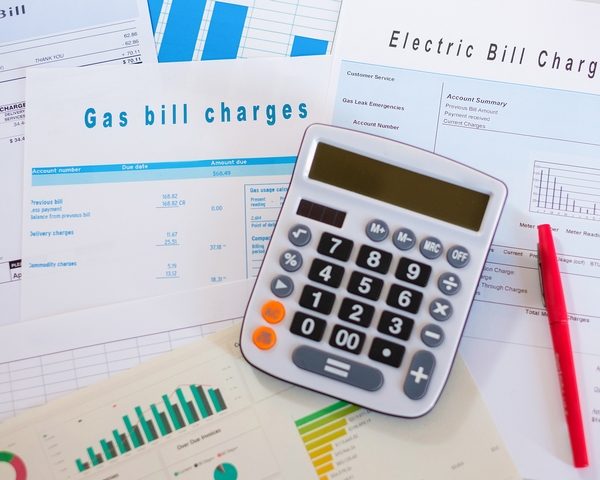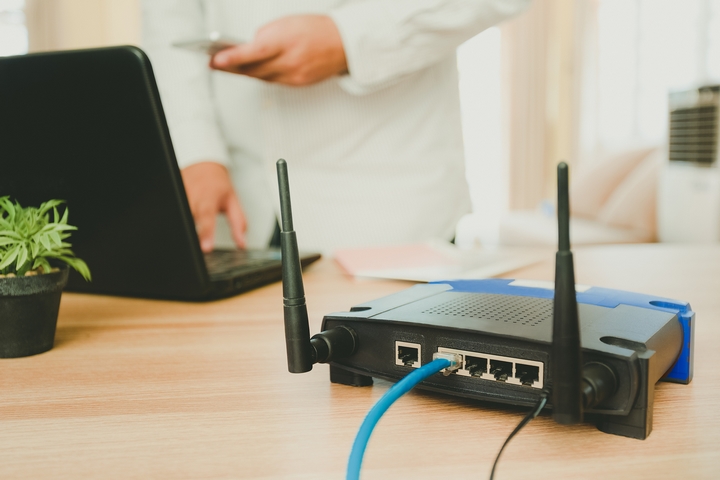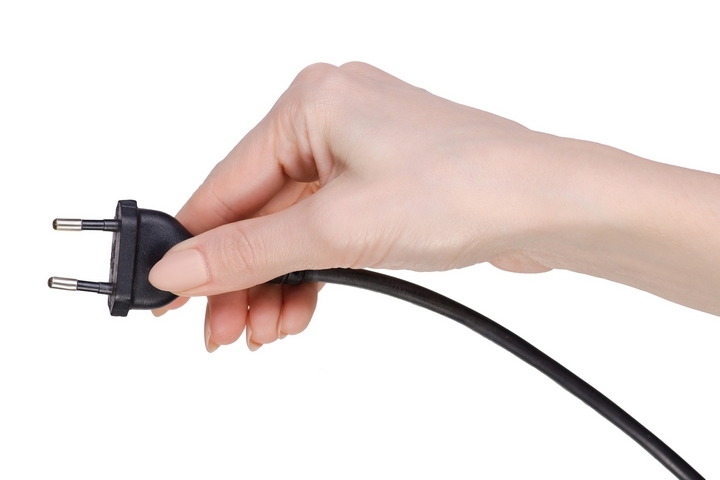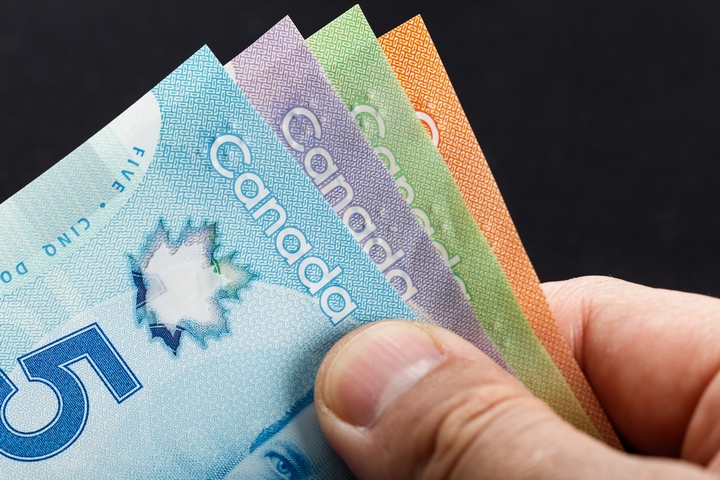
9 Tips When Setting up Utilities for New House
If you are relocating into a new house, you have plenty on your mind. Beyond packing and organizing your physical move, you will need to make sure your new home will be properly set up with water, heat, cooling and other utilities.
Whether you are renting an apartment or buying a detached house, you need to know which utilities you’ll need and how to go about setting them up. Fortunately, there are professional settling in services to help you with this aspect of your relocation. These services are aimed to make your moving in as easy as possible.
Here are a few things to think about when you’re setting up utilities for new house:
1. Figure Out the Basic Utilities

When you are setting up utilities for a new house, it is important to figure out the basic first. If you are moving into a home for the first time or are new to paying home-related bills, you may want a refresher on which utilities you should consider. In Canada, a typical utility list includes water, electricity, gas, phone, cable and internet. Some might add security systems or similar home services to this list.
2. Decide What Utilities You’ll Need

While it’s easy to assume you need the same utilities as everyone else, you may not. For example, if you don’t foresee the need for a landline phone, maybe this is your chance to make the move to cell-service only. Perhaps you are moving to a building where certain utilities are included in the strata fees. It is worth making a list, considering which utilities are a must and where you might be able to save some money.
3. Give Yourself Time Setting Up

Just as you likely have a timeline for packing and moving, you will need to organize utility details well in advance. The last thing you want to be missing that first night in your new place is water or electricity. Regular utility disconnect and setup jobs can be planned well in advance. Make sure your timeline for utilities gives more than enough room for these transitions to happen without stress.
4. Be Ready for Your Landlord

Some landlords require proof that utilities have been set up before you are allowed to move in. Make sure you build enough room into your timeline in case your landlord needs this information. Be prepared with the documentation that he or she requires.
5. Prepare to Disconnect

When you are sure of your move-out date, let your current utility providers know. You should be able to provide this notice online or by phone; you will need your relevant account numbers, so keep a recent bill handy. Be sure to keep track of the status of each utility, including confirmation numbers for account closures. It helps to have a separate email folder for this purpose, allowing you to easily locate the information when you need it.
6. Reach Out to New Providers

To make sure your utilities are up and running on day one, reach out to your new utility providers with at least two weeks’ notice. To avoid delays, be sure to have your new address handy, as well as a list of home and work phone numbers, a list of other adults who will be living at the location and at least one piece of government-issued ID.
7. Pay Utility Set-Up Fees

When you are setting up your utilities, be prepared that many will charge a set-up fee, in addition to requiring a security deposit. If you are moving within the same city or area, you may be able to transfer your service, in which case your provider may waive these fees and deposits, assuming your credit is in good standing.
8. Outsource the Job

Just as you can hire movers to pack and safely ship your belongings, so too can you find help for the rest of your move. Relocation services provide on-the-ground help, allowing you to quickly get settled into your new life. If you are moving long-distance, you may want to consider a relocation company to help you organize everything from government services to banking and utilities.
9. Do a Sanity Check

Once you’ve settled into your new place, be sure to do a final check on your bank account and credit card. With so many expenses related to moving, it can be easy to miss an extra line item. Make sure your final tallies for your old utility provider are correct and that there are no surprises on your new bill, especially if fees were meant to be waived.
Moving from one home to another, even if you are staying within city limits, is an enormous job. It can be easy to get lost in the details and overwhelmed by the to-do list. As you organize and prioritize, it is important to make utility set-up a key part of your planning.
Once you have it in place, you can focus on unpacking and settling into your new life. We hope these ideas on setting up utilities for new house have been useful as you pull together plans for your next big move.
